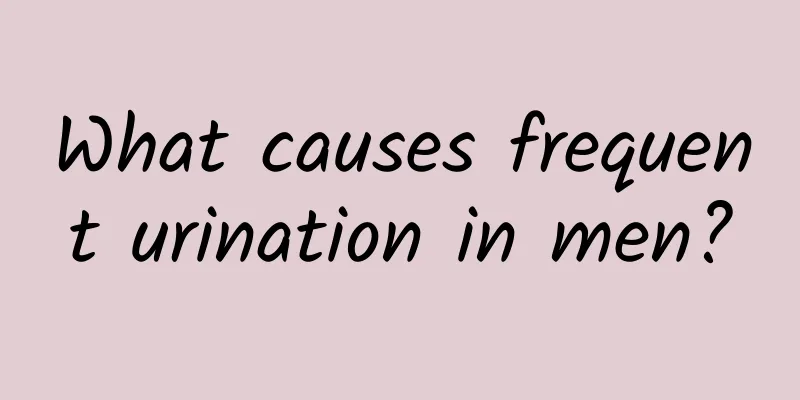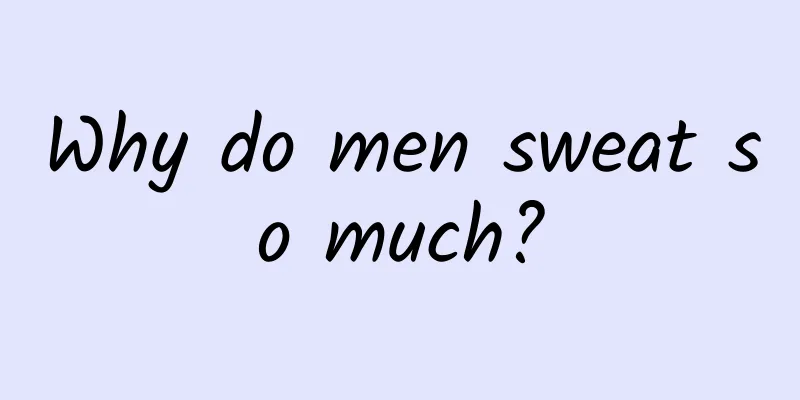What is the function of the prostate?

|
What is the prostate? Sometimes we hear some medical terms, such as prostatitis, prostate cancer, prostate enlargement, etc. In fact, the prostate is a male sexual organ. It is located near the genitals. It is also a part that is prone to inflammation, and it has a certain relationship with occupations, such as drivers and long-term desk workers. So, what is the function of the prostate? Let's take a look. Physiological functions of the prostate: The prostate is a very rare sex gland in the human body that has both internal and external secretory functions. As an exocrine gland, the prostate secretes about 2 ml of prostatic fluid every day, which is the main component of semen; as an endocrine gland, the hormones secreted by the prostate are called "prostaglandins". First, it has exocrine function. The prostate is the largest accessory gland in men and one of the exocrine glands in the human body. It can secrete prostatic fluid, which is an important component of semen. It plays an important role in the normal function of sperm and is very important for fertility. The secretion of prostatic fluid is regulated by male hormones. Second, it has endocrine function. The prostate contains abundant 5α-reductase, which can convert testosterone into more physiologically active dihydrotestosterone. Dihydrotestosterone plays an important role in the pathogenesis of benign prostatic hyperplasia. By blocking 5α-reductase, the production of dihydrotestosterone can be reduced, thereby causing the hyperplastic prostate tissue to atrophy. Third, it has the function of controlling urination. The prostate surrounds the urethra and is close to the bladder neck, forming the proximal urethral wall. Its annular smooth muscle fibers surround the prostatic part of the urethra and participate in the formation of the internal urethral sphincter. When the urge to urinate occurs, the detrusor muscle contracts and the internal sphincter relaxes, allowing urination to proceed smoothly. Fourth, it has a transport function. The urethra and two ejaculatory ducts pass through the prostate. When ejaculating, the muscles of the prostate and seminal vesicles contract, which can push the contents of the vas deferens and seminal vesicles into the posterior urethra through the ejaculatory ducts and then excrete them out of the body. In summary, the prostate has four important functions and plays an important role in the human body. |
<<: How to treat male breast hyperplasia
>>: What causes urethral itching in men?
Recommend
What should I do if a boy has acne on his face?
Boys actually get acne just like girls, and the r...
A man dreams of being chased by a snake
There are many types and numbers of snakes. They ...
There is a hard lump under the testicle
Men have always been very concerned about their p...
Are rice wine and white wine the same? The difference between rice wine and white wine
It is normal for men to like drinking, and liquor...
What is the cause of the lump in the glans?
Many men, due to not paying attention to daily hy...
What are some ways to increase male sexual desire?
If there are problems in the sex life between hus...
Don't be impatient. Five strategies to save middle-aged "soft" men
The older you get, the more powerless you become,...
Can vinegar be used to wash your face? Men's skin care tips!
Vinegar is not only edible, but also can be used ...
Why do I sweat so much?
After we have experienced intense exercise or are...
How men prepare before having children
In daily life, many couples should prepare for ha...
Two signs that a man's body needs a major overhaul: frequent nighttime sweating
Men should be careful about health problems if th...
What should I do if my husband is sexually indifferent?
Many wives feel at a loss when facing their husba...
Can prostatitis be treated surgically?
Prostatitis must be treated surgically, and durin...
The pros and cons of men taking a bath
When the human body is warmed up and the body tem...
Why do men sweat all over when sleeping?
When the temperature is hot, we always sweat when...









